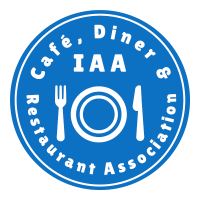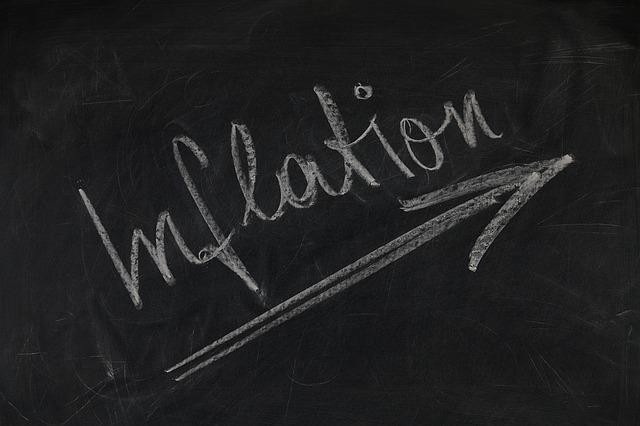More than ever, consumers everywhere are interested and engaged with learning about where their food comes from—and that includes where and how their beef is raised. Sustainability has long been a priority for many consumers, but it’s only becoming more critical—and it’s important for retailers, restaurant operators and consumers alike to be informed. After all, there’s plenty of misinformation that can skew consumers’ opinions and discourage them from purchasing beef from the store or ordering it when dining out.
The path to sustainability is not a straight line—it’s a continuous, ever-changing process that farmers and ranchers constantly work on. Raising and supplying beef to the U.S. as well as across the world comes with many challenges, but farmers today are working to make beef even more sustainable than it already is. Take a look.
The three pillars of sustainability
Sustainable food systems are comprised of three pillars: social responsibility, economic viability and environmental stewardship. Achieving a balance of these three pillars is key for beef farmers and ranchers—prioritizing the planet as well as people, animals and progress.
• Environmental
According to data from Beef. It’s What’s for Dinner., U.S. beef has one of the lowest carbon footprints in the world—up to 50 times lower than some nations1—representing just 2% of total greenhouse gas (GHG) emissions in all of the U.S2. According to the Food and Agriculture Organization, U.S. beef farmers and ranchers have increased the amount of beef produced per animal by 67% since 1961, and USDA data shows they’ve also reduced the greenhouse gas emissions per kilogram of beef produced by 40% in the same time frame. This is all thanks to better animal health and welfare, better animal nutrition and better animal genetics.
• Economic
Of course, there’s more to sustainability than carbon footprint. USDA data shows that beef farms and ranches represent over 30% of the farms in the U.S., making them the largest segment of U.S. agriculture. Economic sustainability and equitability are key to improving rural economies and livelihoods, as well as keeping beef affordable for consumers and profitable for producers.
• Social
Perhaps the least-explored of the three pillars, social sustainability includes community and organizational resilience, including worker safety, animal welfare, antibiotic and technology usage and the culture of beef producers. By tuning in to these facts of production, beef producers are working to improve conditions across the board—and, in turn, make beef production more sustainable.
Improving sustainability measures
To improve sustainability, it’s important to understand how it is measured. In its upcoming Beef Sustainability Supply Chain webinar series in January 2021, the National Cattlemen’s Beef Association, a contractor to the Beef Checkoff program and manager of the Beef. It’s What’s for Dinner. brand, will dive into exactly that. Food companies are continuing to make commitments regarding sustainability, which can be difficult to accomplish due to the complexity of the supply chain. This series features speakers from the National Cattlemen’s Beef Association including Myriah D. Johnson, PhD., Senior Director of Sustainability Research and Jess Soule, M.S., Associate Director of Sustainability Research, and attendees will learn about ongoing research into beef sustainability as well as ways to leverage beef’s sustainability story to make consumers feel confident about eating beef.
Register for the webinar series Part 1 and Part 2.
1 Herrero M, et al. Biomass use, production, feed efficiencies, and greenhouse gas emissions from global livestock systems. Proc. Natl. Acad. Sci. 2013. 110: 20888-20893
2 2% of GHGs citation: EPA. 2019. Inventory of U. S. Greenhouse Gas Emissions and Sinks: 1990-2017. U. S. Environmental Protection Agency, Washington, D. C.
This post is sponsored by Beef. It’s What’s For Dinner., a program of the National Cattlemen’s Beef Association, a contractor to the Beef Checkoff



